Introduction to Linear Vibratory Feeders
Linear vibratory feeders, a cornerstone in manufacturing facilities, are pivotal in streamlining production processes. These sophisticated pieces of equipment are engineered to convey parts or materials steadily through a production line by employing a linear motion. The linear feeder vibratory systems are versatile and can handle a diverse array of materials, from liquids to granules, ensuring consistent delivery to packaging or processing machinery.
Types and Applications
The variety of linear vibrating feeders caters to numerous industrial applications. From food and beverage to pharmaceuticals, these feeders facilitate the movement of materials into containers or processing equipment. Non-food-grade models are instrumental in the packaging of industrial products like paint, resins, or adhesives. The adaptability of these systems allows for their use with different materials, including powders and granules, essential for precise packaging operations.
Features and Design
A linear vibratory feeder is designed for ease of operation, minimizing the need for extensive training. Automatic versions enable programming and hands-off operation, enhancing workplace efficiency. The design of these feeders often includes adjustable settings to regulate flow rates and accommodate various material types, ensuring versatility across multiple production scenarios.
Material Handling and Efficiency
The construction of linear feeder vibratory equipment is focused on material handling efficiency. With options to handle food-grade substances like milk or non-food-grade items such as powders for construction, these feeders maintain the integrity of the materials they transport. The efficiency of linear feeders lies in their ability to integrate into production lines, optimizing the flow of materials and reducing bottlenecks.
Advantages of Using Linear Vibratory Systems
Incorporating a linear vibrating feeder into a production line can significantly enhance operational efficiency. These systems are designed to reduce manual labor by automating the feeding process, which can lead to a decrease in production time and costs. Furthermore, the precision of these feeders contributes to the consistent quality of the final product, a crucial factor in manufacturing.
Choosing the Right Linear Vibratory Feeder
Selecting the appropriate linear vibratory feeder involves considering workspace dimensions, desired wattage for optimal efficiency, and the specific material type being handled. While exploring options, it is essential to find a system that aligns with the production requirements without excessive energy consumption, which could otherwise increase operational expenses.
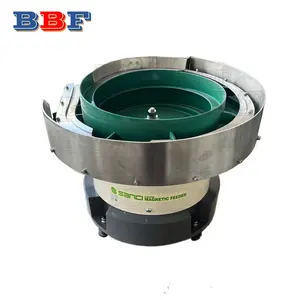
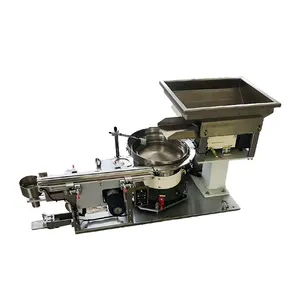

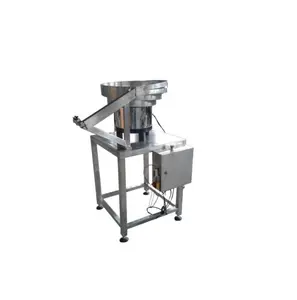



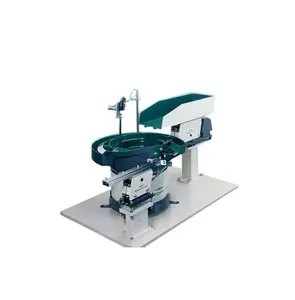












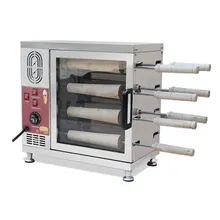

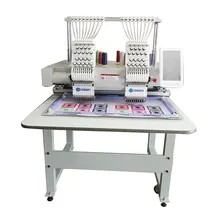


























 浙公网安备 33010002000092号
浙公网安备 33010002000092号 浙B2-20120091-4
浙B2-20120091-4